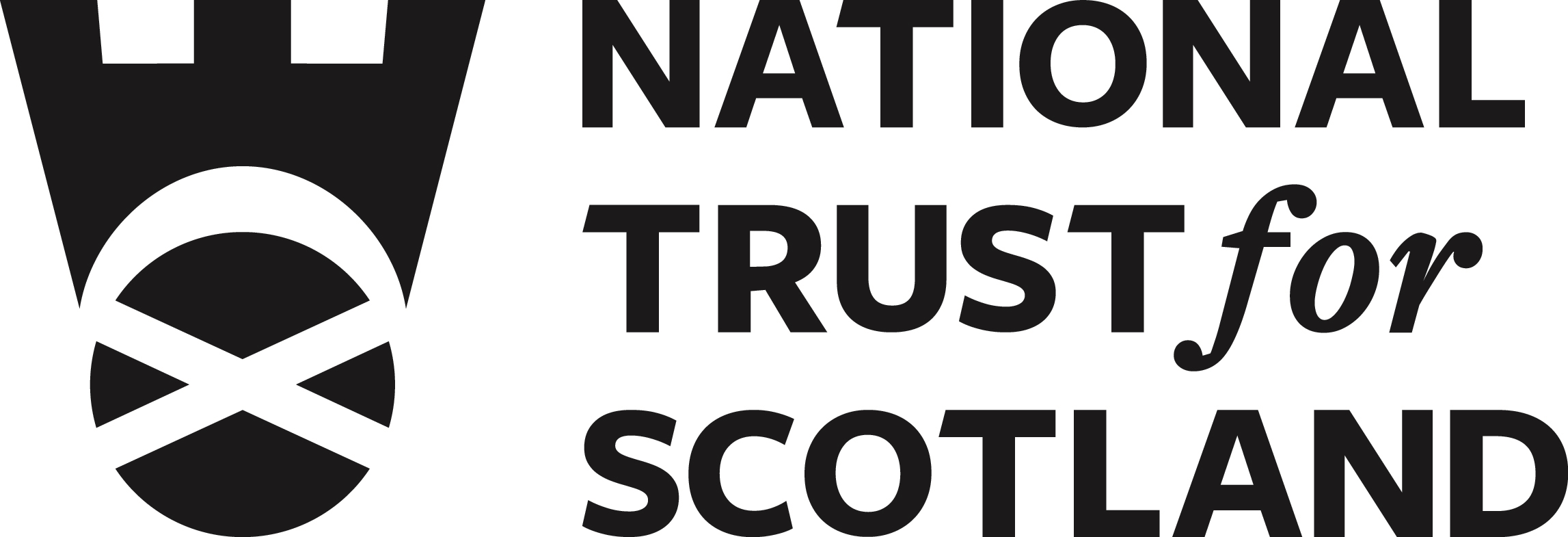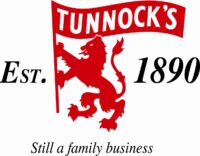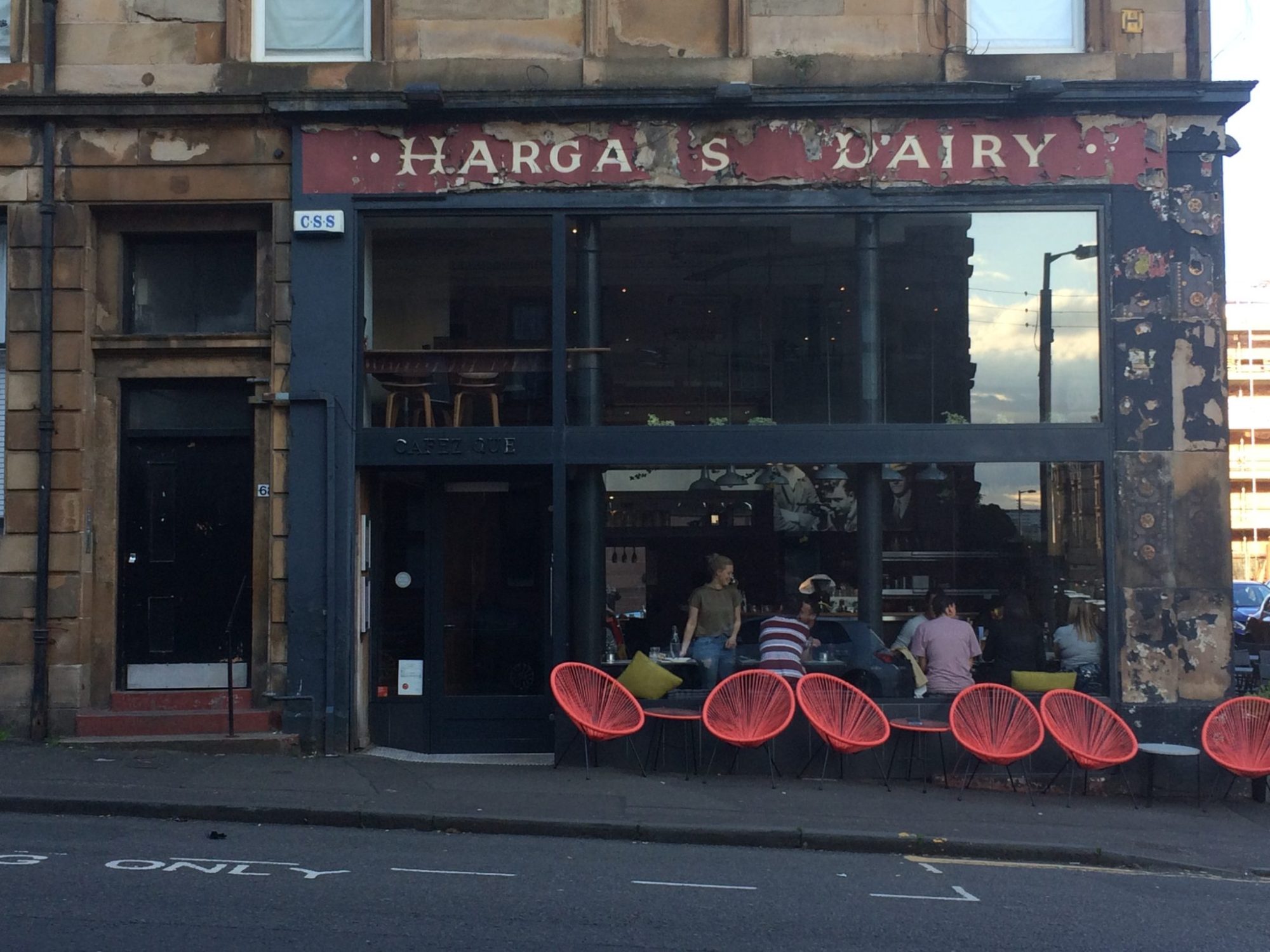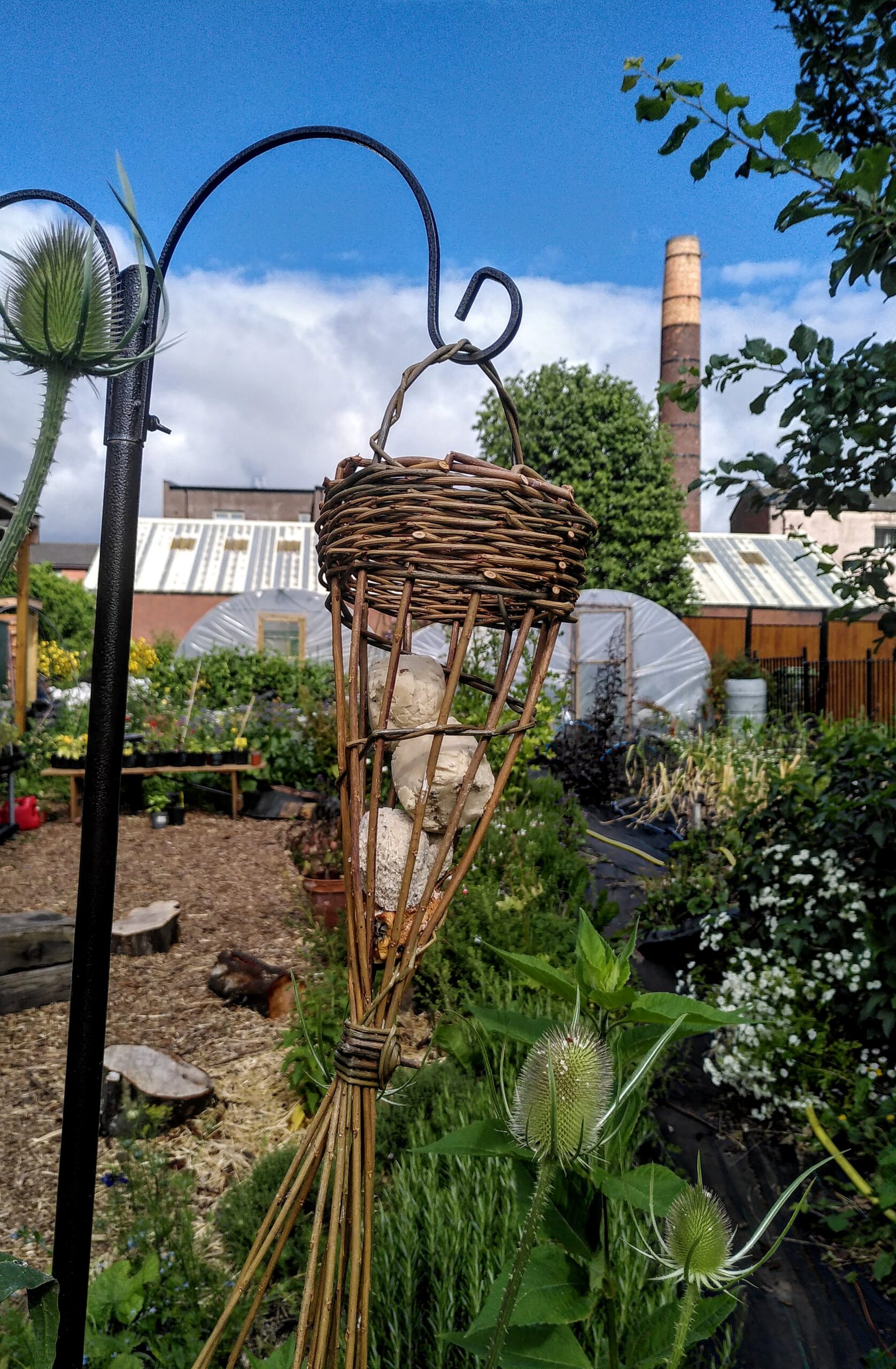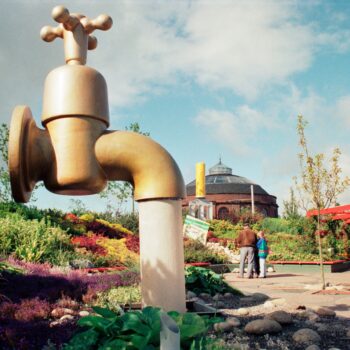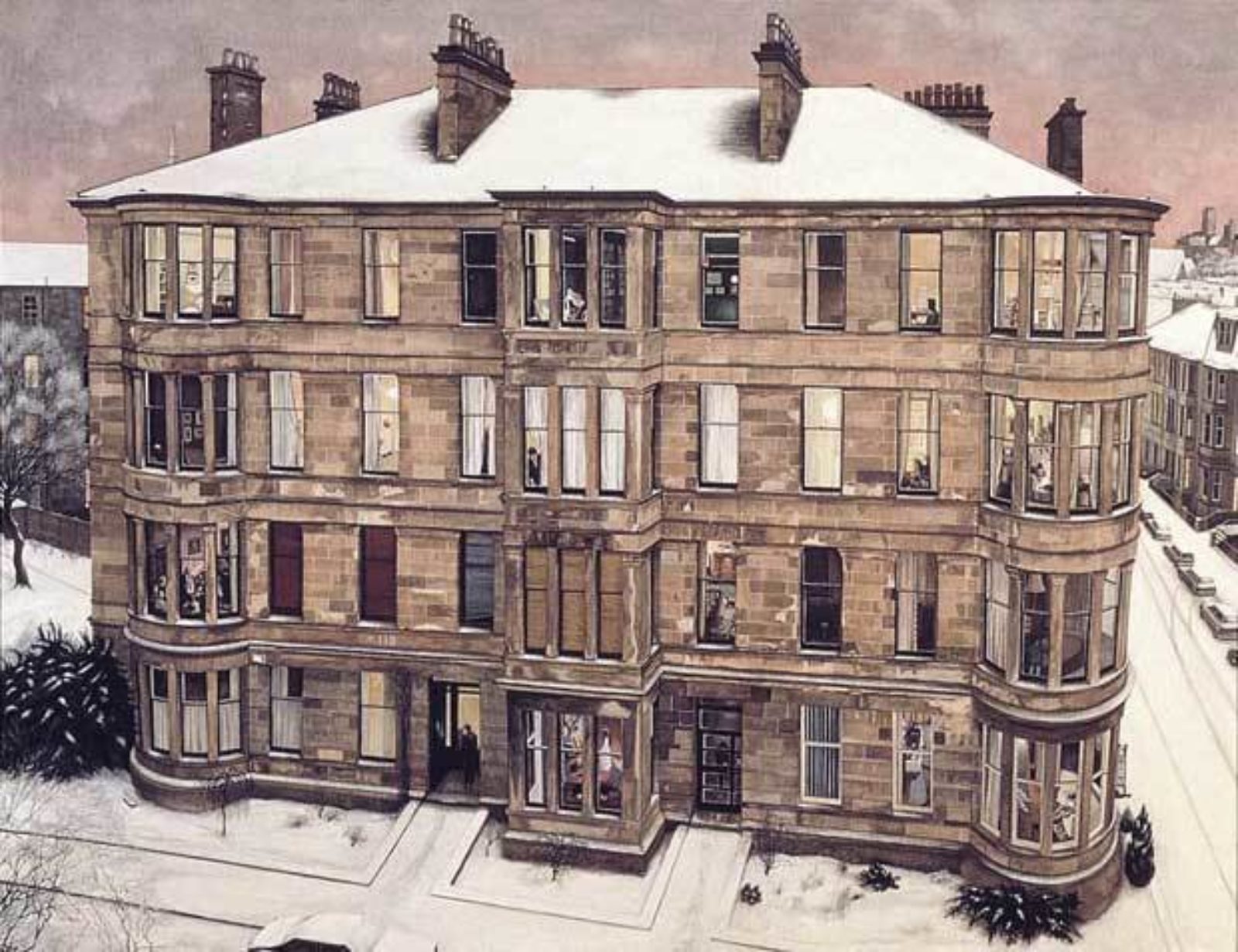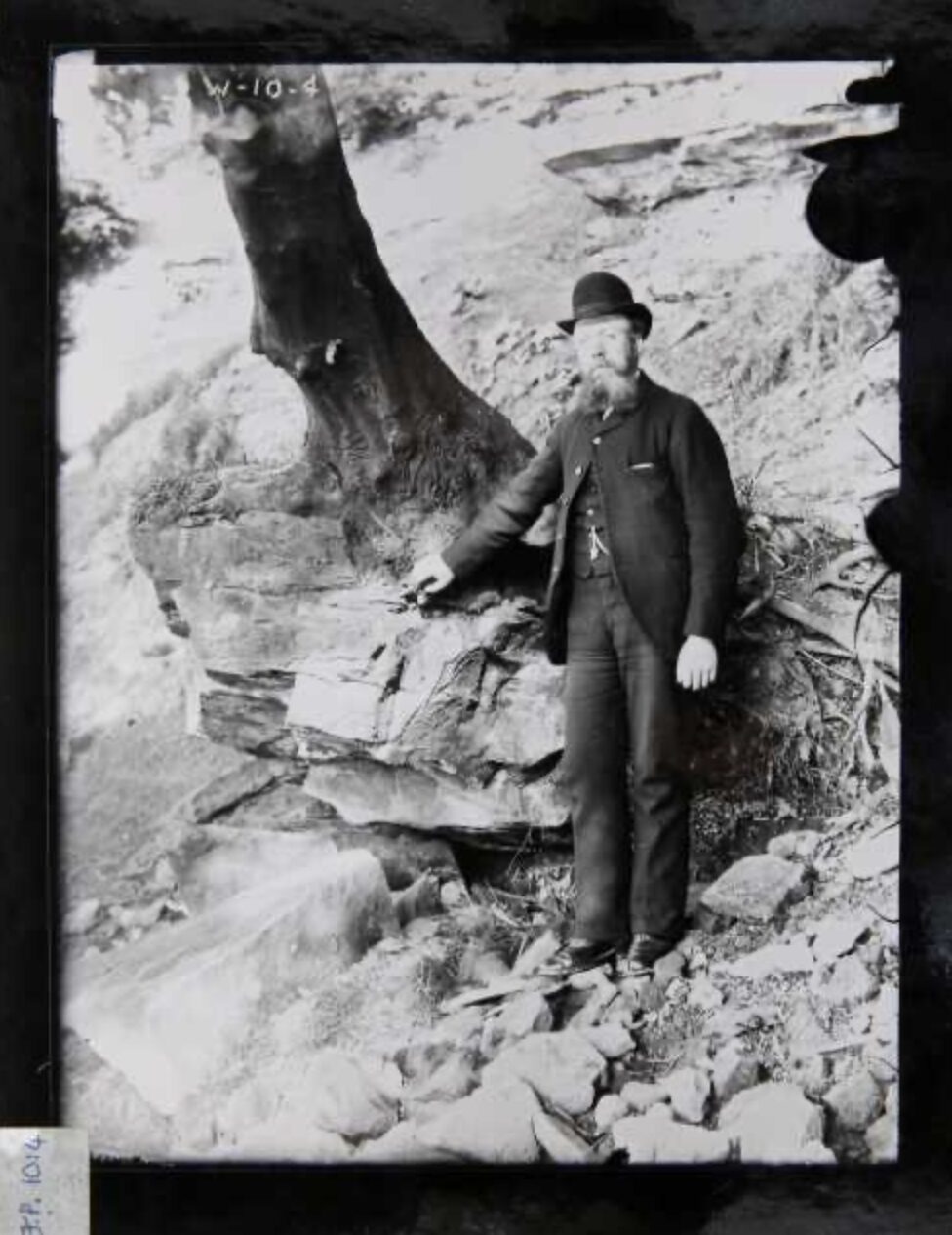If Glasgow’s Walls Could Talk was first launched in October 2021 and features Niall speaking with guests across 10 episodes about different aspects of Glasgow’s historic built environment and the people that live and work in it.
Click on the links below to learn about the mapping of queer heritage with Dr Jeffrey Meek from Glasgow University, to hear a discussion about heritage spaces and disabilities with Accessibility Consultant Emily Rose Yates, or to go on a virtual night out with Norry Wilson from Lost Glasgow, with stop offs at some well known historic music venues! Other topics include tenement living, murals and historic cinemas.
Listen to the episodes & read the transcript below.
SERIES 1 EPISODE 1

ARE YOU DANCING? YES WE ARE ASKING! with Norry Wilson from Lost Glasgow
In this episode we talk about historic music venues and ballrooms, such as the Barrowland Ballroom and the Apollo, and their role as spaces of interaction and connection within the city. Do you have special memories linked to a music venue? How important are places like this for our collective memory?
Few know more about Glasgow’s memories than Norry Wilson of Lost Glasgow, who joined us as our guest for this episode. Norry is a journalist and social historian with a lifelong fascination with his home city, Glasgow. His Lost Glasgow Facebook page and Twitter accounts, with their mix of archive images and stories relating to Glasgow’s history, have amassed a huge following over the years.
SERIES 1 EPISODE 2

DISAPPEARED GLASGOW with Reverend John Harvey, former member of Gorbals Group Ministry and Stuart Baird, Glasgow Motorway Archive
This episode features two great guests discussing the architectural, structural and social transformations that Glasgow went through in the 20th century, and what they meant for the communities who were affected by the changes.
After the Second World War, the majority of the houses built during the Victorian period were considered a “housing problem” due to their high density, poor sanitation and structural deficiencies. In the second half of the 20th century, the most common solution to solving this “housing crisis” was to demolish the old tenements and re-house the population.
Our guests are Reverend Dr. John Harvey, who lived in the Gorbals as a member of the Gorbals Group Ministry in the early 1960s, and Stuart Baird, Founder and Chair of the Glasgow Motorway Archive, the largest private collection of road and transport records and photographs in Scotland.
Image copyright, by permission of Scottish Jewish Archives Centre
SERIES 1 EPISODE 3

MAPPING QUEER SCOTLAND with Dr Jeffrey Meek
In this episode we talk about Scottish LGBTQ+ history and places, and how queer stories are researched and interpreted.
Today, LGBTQ+ people in Scotland can marry, adopt children and pursue wonderful careers. Political leaders and public figures can openly identify as gay or bisexual, and Scotland recently topped two European league tables measuring legal protections offered to LGBTQ+ people. But this is all very recent, and Scotland only decriminalised gay sex between consenting men in 1980.
Queer spaces such as bars, pubs, bookshops, squares and parks therefore play a very important role in queer history. But how can we research and collect queer stories and what sort of traces did past queer people leave behind?
We explore this topic with Dr. Jeffrey Meek, Lecturer in Economic and Social History at Glasgow University and Founder and Curator of QueerScotland, a fascinating website and research tool showcasing historical maps of queer places and spaces in Glasgow, Edinburgh, Aberdeen, Dundee and across the wider Central Belt.
SERIES 1 EPISODE 4
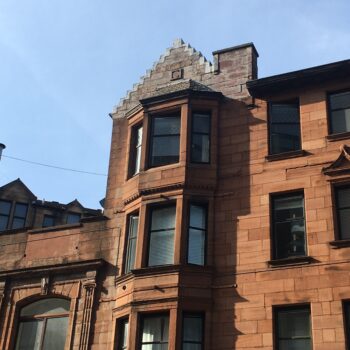
TENEMENT LIFE with Ana De la Vega, Tenement House and Allistair Burt, Camphill Gate
This double guest episode is about the history of tenements in Glasgow and what it is like to live in a tenement now compared to living in one at the start of the 20th Century.
Living in a tenement is extremely common in Glasgow, as stone tenements have been part of the fabric of our city since the 19th century. According to recent research, around 73% of Glaswegians live in a tenement of some sort!
Tenements were first built during the industrial revolution to accommodate large numbers of people moving to the city to work. At this time, Glasgow’s population grew from a quarter of a million at the start of Queen Victoria’s reign to 760,000 at the end of it.
In this episode we will be discussing tenement living in the past with Ana Sánchez-De La Vega, Visitor Service Supervisor at the Tenement House (NTS) and tenements as communities now with Allistair Burt, who owns a flat at Camphill Gate, a B-Listed tenement on Glasgow’s Southside.
SERIES 1 EPISODE 5
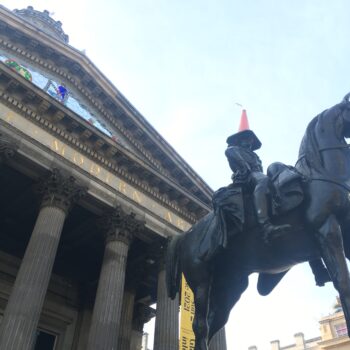
A MULTIPLICITY OF VOICES: SLAVERY AND GLASGOW with Katie Bruce, Curator at GoMA, Glasgow Museums
From the 1700s until the UK abolished slavery in 1833, many Glasgow merchants made their fortune from trading tobacco, sugar, rum and cotton produced by enslaved people on plantations or in factories.
Historians have recorded 19 slave voyages leaving Greenock and Port Glasgow in the six decades between 1706 and 1766, carrying roughly 3000 people into slavery. Many historic buildings and areas in Glasgow are linked with these trades.
In this episode we talk to Glasgow’s Gallery of Modern Art (GoMA) Curator Katie Bruce about the different ways in which this aspect of Glasgow’s history can be researched, interpreted and highlighted, with a special focus on the GoMA building and its convoluted history.
SERIES 1 EPISODE 6
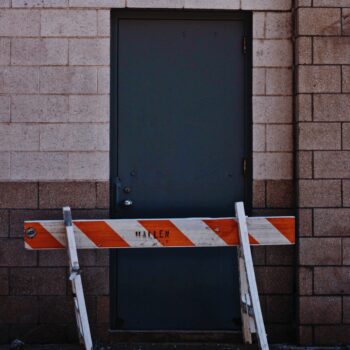
ACCESSIBILITY AND HERITAGE with Accessibility Consultant Emily Rose Yates
Glasgow is famous for its stunning historic buildings dating from the 18th, 19th and early 20th centuries, when the city was known as the Second City of the Empire.
Unfortunately, a lot of these heritage spaces are inaccessible to many people living, working and visiting Glasgow. Barriers are at the root of disabled people’s exclusion and are an obstacle to their enjoyment and appreciation of heritage, culture and art.
In Scotland, one in five people are disabled. Only 8% of Scottish people with disabilities are wheelchair users, and 70% have disabilities which are invisible. (Visit Scotland 2021 Survey, 2021). Access needs are as unique and individual as the person who requires them.
In this episode we talk about accessibility, representation and inclusivity in heritage spaces with Accessibility Consultant Emily Rose Yates.
SERIES 1 EPISODE 7
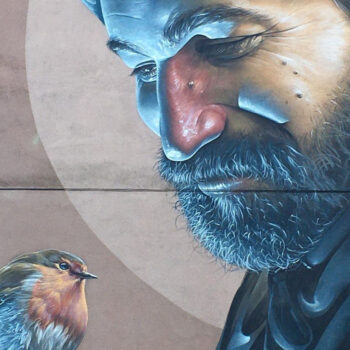
SPLASHES OF COLOUR AROUND THE CITY with John Foster, City Centre Mural Trail and Ali Smith, Art Pistol
During the last decade, mural painting has flourished in Glasgow, and they can be found all over the city, covering a huge range of topics from saints’ lives to flying taxis, pelicans, swimmers and poems.
The Glasgow City Council’s Mural Fund is a scheme which offers support towards the costs involved in creating and delivering new murals in the city centre.
In this episode we discuss how Glasgow’s murals enrich the urban landscape and the process behind their creation with John Foster, Project Lead for the City Centre Mural Trail and Ali Smith, Director of Art Pistol projects, the company behind some of the most iconic murals in the city.
SERIES 1 EPISODE 8
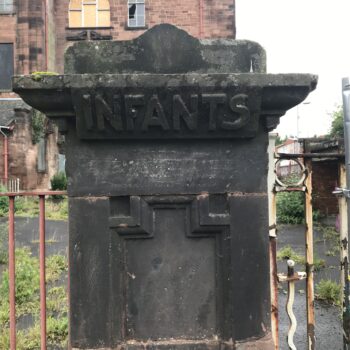
THERE IS NOTHING MORE BEAUTIFUL THAN POTENTIAL: COMMUNITY OWNERSHIP AND HISTORIC SCHOOL BUILDINGS with Martin Avila, Kinning Park Complex
Have you ever wondered why there are so many historic school buildings in our city?
The high number of old schools in Glasgow relates to the Education Scotland Act of 1872, which made elementary education compulsory and free for all children between the ages of 5 and 13. In Glasgow alone, 75 new schools were built between 1873 and 1918.
The cost, upkeep and preservation of these massive Victorian and Edwardian School Board buildings has been a constant challenge for the council, the pupils and teachers and the larger school communities.
So what can community’s do to save these buildings? Are they salvageable? Are they even worth saving?
In this episode we focus on a great example of a community taking ownership and repurposing a historic school building. The Kinning Park Complex is an independent multi use community space in the Southside of Glasgow, located in an old red sandstone building and originally built in 1916 as an annex to the Lambhill Street Primary School.
Martin Avila, former Director of Kinning Park Complex, talks about the challenges and the joys of community ownership.
SERIES 1 EPISODE 9

MUCH MORE THAN JUST FOOTBALL: HISTORIC STADIUMS AND FOOTBALL MEMORIES with Robert Harvey, Football Memories Scotland
People and social interactions are at the heart of football, just like stadiums and other venues linked to a specific sport, such as pubs and clubs.
Football Memories Scotland is a project which provides opportunities for people with Alzheimer’s disease or dementia to reminisce through discussion of archive football images. The Scottish football archive at the Scottish Football Museum holds thousands of images covering the history of the game in Scotland. These images are used as memory triggers for participants and can assist with short term memory recall.
This episode’s guest is Robert Harvey, Volunteer and Area Co-ordinator for Glasgow, Football Memories Scotland.
SERIES 1 EPISODE 10
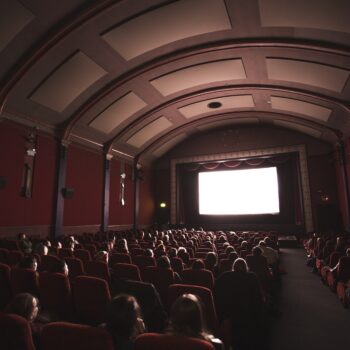
ENTERTAINMENT MAKES GLASGOW with Judith Bowers, Britannia Panopticon and Gary Painter, Scottish Cinemas Project
Join us for a double guest episode about the entertainment industry of the past, with a focus on historic music halls, theatres, and historic cinemas with Judith Bowers, Founder and Director of the Britannia Panopticon Music Hall campaign and Gary Painter, co-founder of the Scottish Cinemas Project.
If Glasgow’s Walls Could Talk is produced by Inner Ear, sponsored by National Trust for Scotland and kindly supported by Tunnock’s.

